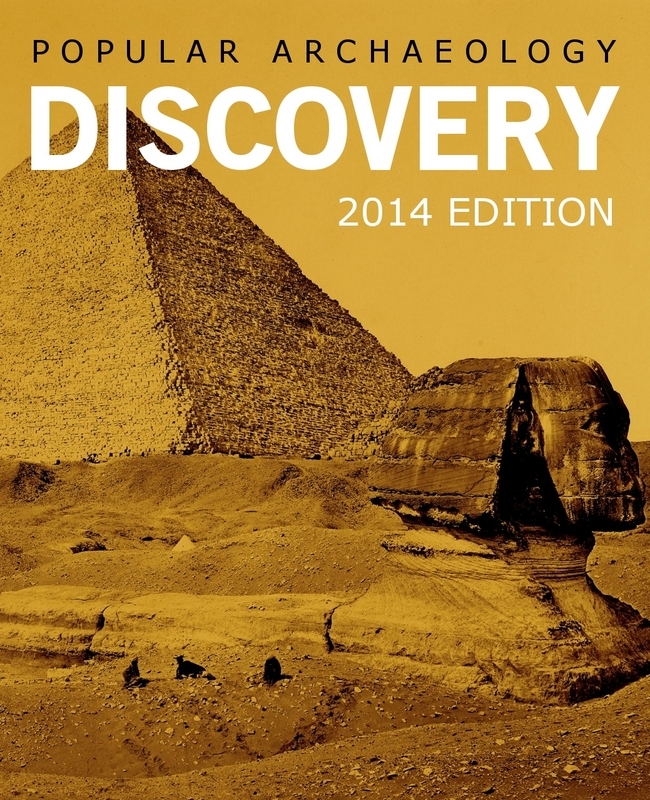
Near the small village of Krastevich in central Bulgaria, a team of archaeologists, students and volunteers have been busy excavating the remains of two ancient Greek sites that bustled with activity more than 2,500 years ago. One has been identified as a cult or temple complex and the other as an emporium, a place of trade and commerce conducted by Greek colonists during the 5th and 4th centuries BCE. The settlements are thought to have thrived in an area known to have been populated by the ancient Thracians.
Under the direction of Associate Professor Dr. Mitko Madzharov of the archaeological museum of Hissarya, the team has been excavating the sites since 2005. The excavations have revealed the remains of two very different kinds of settlement sites, although both ancient Greek, in close proximity to each other. One, identified as a cult complex, consists of a “sanctuary and a temple” that was set atop a hill.
“At this stage of the studies we have established two periods of its [the temple’s] construction,” Madzharov reports. “Initially a stone foundation (stylobate) was laid, which defined the area in an almost square form. Above it was likely a wooden construction, covered with tiles. The main archaeological finds found in that area are fragments of tiles of various form and decoration. On some of them were painted spirals, on others – Gorgon Medusa [a monster, a Gorgon, having the face of a human female with living venomous snakes in place of hair].”*
“The archaeological structures found till now in the area of Sekiz Harman by the village of Krastevieh allow scientists to assume that the cult complex situated at that place was closely connected with the commercial place in the area Pamuk Tepe,” Madzharov adds. “The archaeological finds document its existence in the time from the end of the 5th century B.C. to the 3rd century B.C.”*
The other associated site, which archaeologists interpret as a Greek emporium, was located 500 meters southeast of the village and is said to encompass an area of about 10,000 square meters. Here, they have uncovered architectural and artifact remains that evidence a “significant commercial complex” with intensive trade ties with other Greek settlements in or near the Aegean from the 5th to the 4th centuries BCE.
“According to the ancient Greek historian Thucydides,” write Madzharov and colleagues at the project website, “the process of creation of emporia by the Greeks begins back at the end of the 8th and 7th centuries B.C. Such emporia are known in Asia Minor, Sicily and Macedonia. And again Thucydides informs that during 464 B.C. on the river valley of the river Strimon (river Struma) and in Thrace settled 10,000 Athenian colonizers. One Greek inscription informs of the existence of emporia (market-places) in Thrace, which realized regulated commercial relations with Maroneia, the island of Thassos and the other town-colonies from the Northern Aegean coast.” These emporia were commonly established at strategic cross-roads in areas rich in minerals, ores and other resources, writes Madzharov and colleagus. Not far from the emporium remains they found natural gold deposits and evidence of an ancient road which led to deposits of non-ferrous metals.
He also clarifies the connection between the nearby cult complex and the emporium. “They did not have a status of a town and in them were always built sanctuaries because according to the beliefs of that time Gods were called on as guarantees for the order and respectability of commercial deals.”*
Madzharov plans to return to the sites with teams in 2014 to further investigate the finds. Individuals interested in additional information about the sites and how to participate may visit the project website.
The excavations have been conducted under the auspices of the RSF Archaeological Trust.
____________________________
* http://rsfat.archbg.net/10_kr_background.html#.U1fPhu35I-M
Cover Photo, Top Left: Excavated remains at the emporium and temple complexes. Credit RSF Archaeological Trust and the archaeological museum of Hissarya.
Read about the most fascinating discoveries with a premium subscription to Popular Archaeology Magazine. Find out what Popular Archaeology Magazine is all about. AND MORE:
On the go? Purchase the mobile version of the current issue of Popular Archaeology Magazine here for only $2.99.
Popular Archaeology’s annual Discovery Edition eBook is a selection of the best stories published in Popular Archaeology Magazine in past issues, with an emphasis on some of the most significant, groundbreaking, or fascinating discoveries in the fields of archaeology and paleoanthropology and related fields. At least some of the articles have been updated or revised specifically for the Discovery edition. We can confidently say that there is no other single issue of an archaeology-related magazine, paper print or online, that contains as much major feature article content as this one. The latest issue, volume 2, has just been released. Go to the Discovery edition page for more information.



